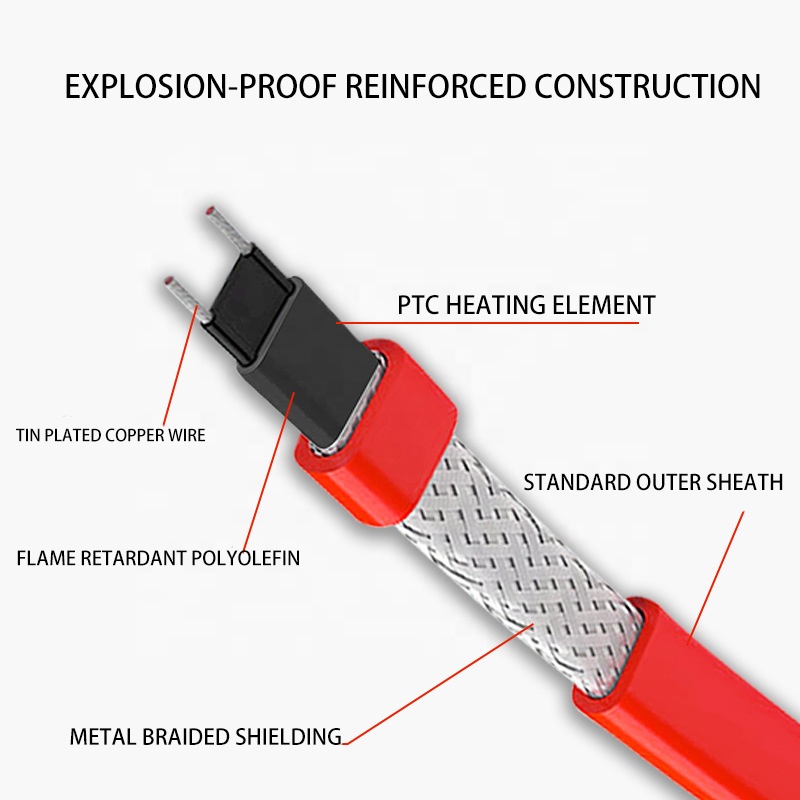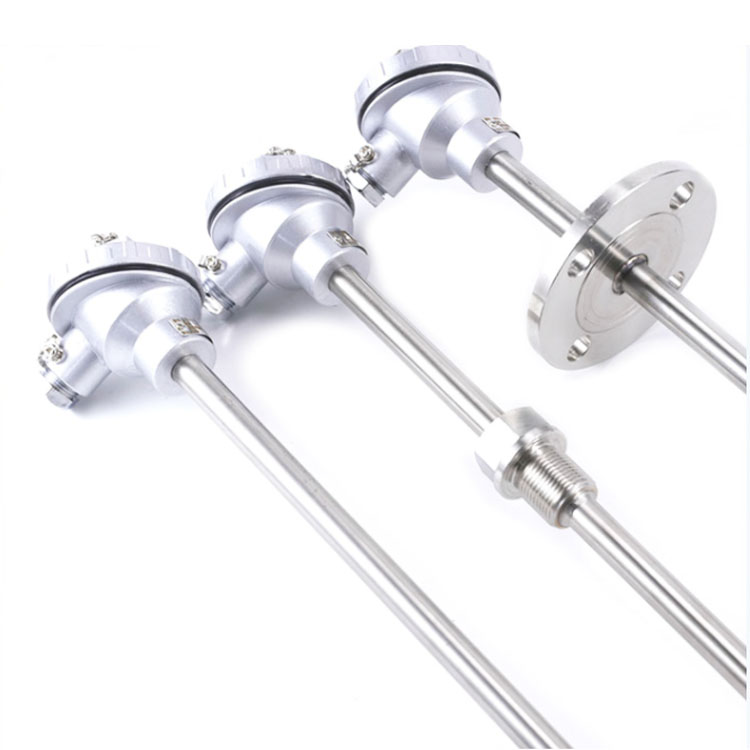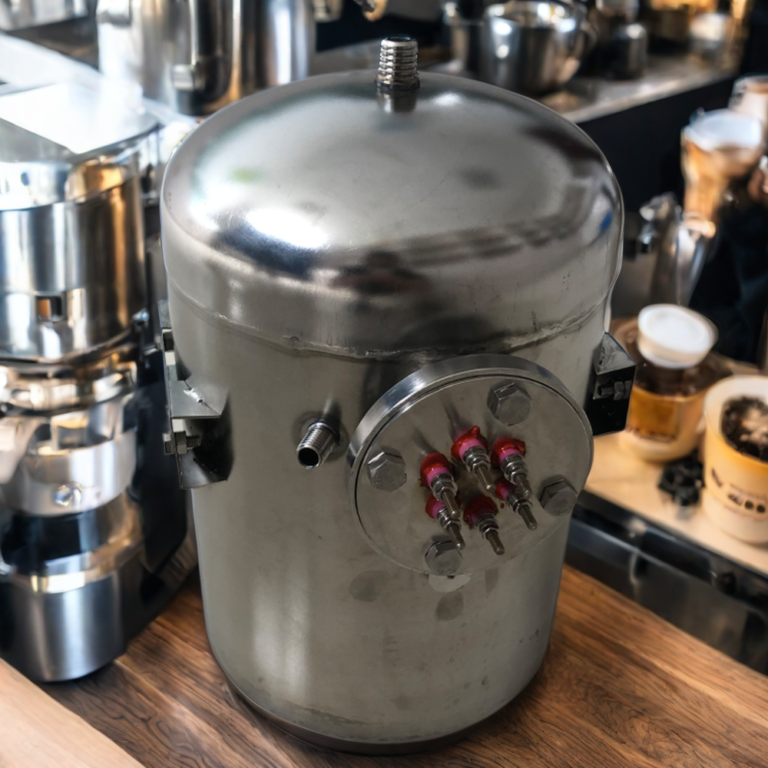
Introduction
In the sphere of heating solutions, das selbstregulierende Kabel, also known as a self-regulating heat trace cable or a self-limiting heating cable, is a marvel of modern technology. This innovative device intelligently manages heat in response to environmental temperature changes, making it an essential tool in various applications.
Understanding Self-Regulating Cables
Delving into the mechanics of this technology, the design of the self-regulating cable is its foundation. The core of the cable consists of two parallel conductors embedded in a semi-conductive polymer. This unique composition possesses a fascinating characteristic – the resistance of the polymer increases as the temperature rises, thereby controlling the current flow. As a result, the cable can adjust its own heat output in accordance with the surrounding temperature conditions, hence the term “self-regulating”.
| Typ | Leistung (W/M 10℃) | Max maintain temp(℃) | Max. exposure temp(℃) | Min. installation temp(℃) | Max. length of single power supply |
| Low temperature series | 10,15,25,35 | 65℃±5℃ | 105℃ | -60℃ | 7*0.5 100meters; 19*0.32 120meters. |
| Medium temperature series | 35,45,50,60 | 105 ℃ ± 5 ℃ | 135℃ | -40℃ | 7*0.5 100meters; 19*0.32 120meters |
| High temperature series | 35,50,60 | 135 ℃ ± 5 ℃ | 155℃ | -30℃ | 7*0.5 100meters; 19*0.32 120meters |
Why Choose a Self-Regulating Cable?
The self-regulating cable is a powerhouse of resourcefulness, primarily due to its ability to modulate heat output. This feature ensures optimal energy efficiency as it automatically diminishes power consumption when the temperature escalates. This not only ensures power savings but also extends the cable’s lifespan. A significant advantage of these cables is their inability to burnout or overheat, even when overlapped, thus providing an added layer of safety.
Common Applications
Self-regulating cables are predominantly utilized in industrial settings. They are instrumental in a wide array of applications, from roof and gutter de-icing to water pipe heating and process temperature maintenance. These cables are particularly critical in colder climates, where they ensure continuity of essential services by mitigating the disruptive effects of severe weather conditions.
Choosing the Right Self-Regulating Cable
The selection of an appropriate self-regulating cable is contingent on its intended use. Critical factors to consider include the minimum ambient temperature, the desired maximum temperature, the type of insulation, and whether an explosion-proof setting is necessary. These considerations will guide you in finding a cable that aligns perfectly with your environmental and operational requirements.
Abschluss
In essence, the self-regulating cable‘s capacity to modulate its heat output in response to external temperature changes renders it an invaluable asset across a myriad of industries. These cables offer an unparalleled combination of safety, reliability, und Energieeffizienz. While the technology behind these cables may seem complex, their practical application in overcoming temperature-related challenges is indisputable.
With the relentless advancement of technology and the continuous quest for effective energy management solutions in industries, the significance of the self-regulating cable is bound to amplify. After all, it lives up to its name – it self-regulates! Get it now for you!



